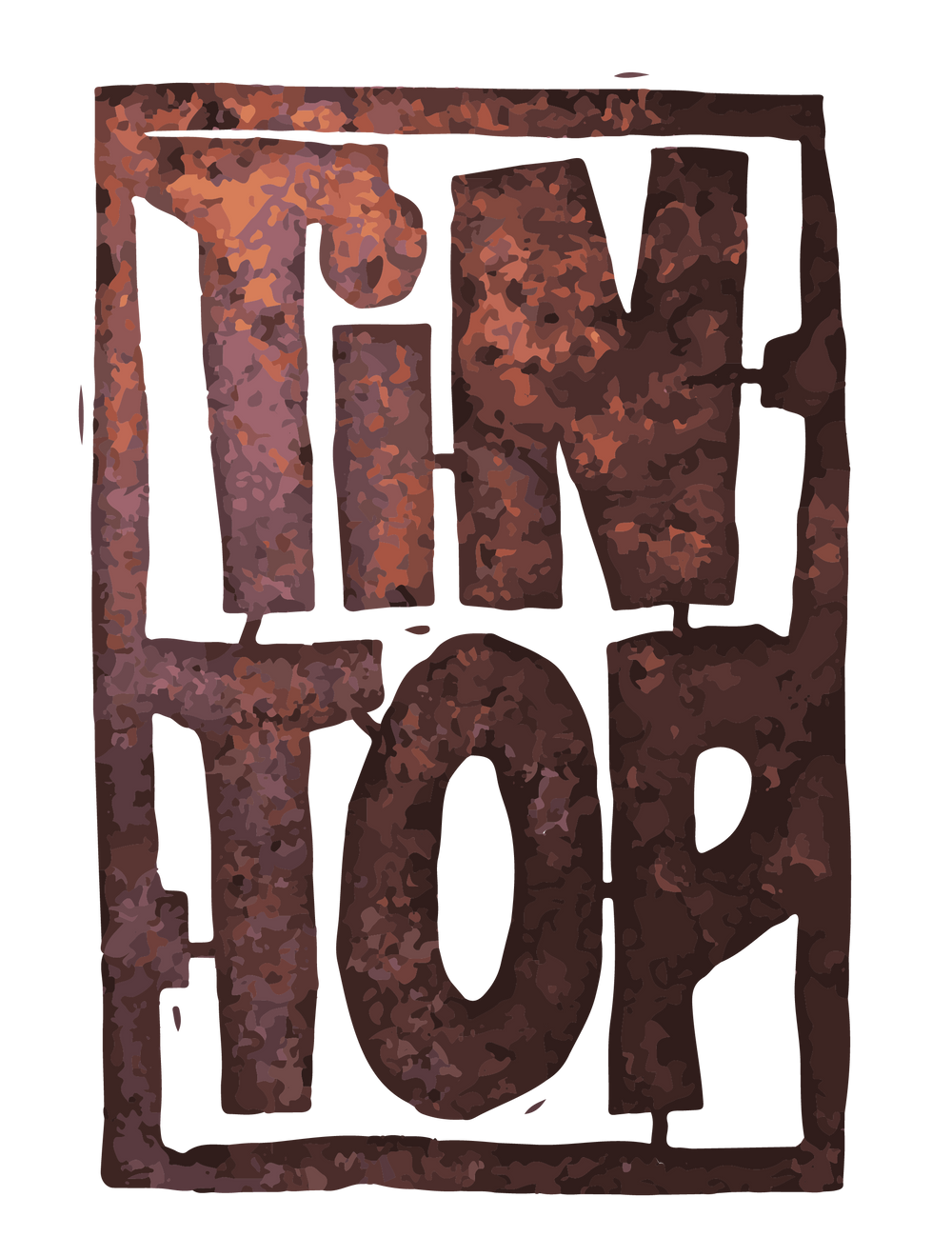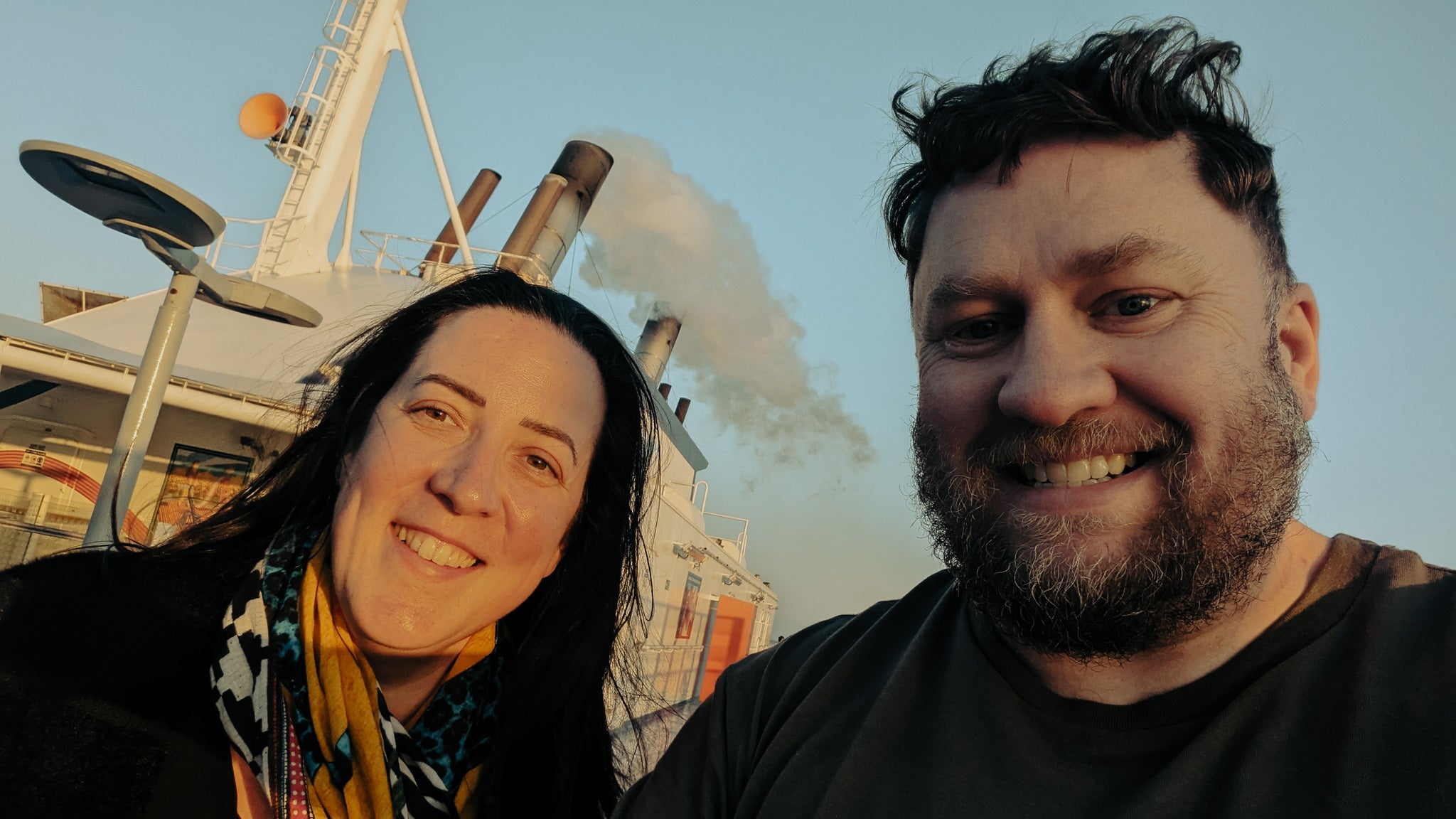We love a Spanish road trip. We haven’t been brave enough to take a van and make it a proper camping trip yet, but we do regularly take the car across. Spain is easy to get to from Ireland with Brittany Ferries and if you book in advance, it is often not much more expensive than flying. Driving in Spain is easy, they love to tailgate but apart from that it is a relaxed experience, and the roads are brilliant.
We are just back after a three-week jaunt from Bilbao on the north coast to Sitges on the east coast and back again. Sitges is the gay party capital of Spain – possibly not the top attraction for us, but it did add to the fun.
On the way to Sitges we stopped in Vitoria-Gasteiz, Saragoza, Morella, and on the way back we explored La Rioja and filled the car with vino tinto (could we call it vino tintop?).
Vitoria-Gasteiz
About an hour from Bilbao, Vitoria-Gasteiz is all about food and wine. It is the capital of the Basque Country. Although the capital city of each region in Spain is a bit like the oldest pub in Ireland – there is more than a few as far as we could see. If they can’t claim to be the administrative capital, they will be the wine capital, the food capital, or the ancient capital.
On our first night in Vitoria, we had dinner in Sua Basque Fusion. The chef is Gorka Arrieta, Sua means fire in Basque, and Gorka speaks fluent English despite spending many years training and working in County Kerry. His passion for local food is obsessive and I would strongly recommend you don’t pass Vitoria without visiting Sua. The restaurant (it is really a single shared table in a small kitchen) is housed in a very nice eco hotel called Kora Green City and that is as good a place to stay as any. I will let the photos do the talking when it comes to Gorka’s food.




For our second night of culinary fabulousness in Vitoria-Gasteiz we joined Ivan on a gastro tour of the cities Pintxo (pronounced pincho) bars and taverns. A pintxo is a bite of food usually served on a slice of crusty bread. Expect lots of olives, sardines, tuna, sausage, black pudding, jamon, and olive oil. Each pintxo is a couple of euro at most and usually they are ordered with a small beer (caña) for similar money.
Ivan had two other guests that night, a couple from San Sebastian who spoke little English. We speak little Spanish, so Ivan was left to translate all night long. We were not holding out much hope of great conversation, but we successfully covered the differences in cinematic censorship in Ireland and Spain in the 1960s, the similarities between Franco’s Spain and Northern Ireland in the 1970s, the problems caused by the Catholic church in the 1950s, and the secrets to a happy marriage. Ivan apologised at the end of the night for his poor English! I wish I spoke any language as well as he apparently speaks at least two. That's Ivan below, advising Laura on her next pintxo.

Zaragoza
I had never heard of Zaragoza apart from a mention in Michael Portillo’s railway journeys program. That is probably completely down to my ignorance as it is the 26th biggest city in the EU, 15 places ahead of Dublin. It is also the capital of the province of Zaragoza. And the capital of Aragon. And the capital of the Ebro basin. And the ancient capital of Taifa of Saraqusta. And European Green Capital, European Capital of Sport, and a candidate for European Capital of Culture. I suspect they would bring back capital punishment in Spain just for another excuse to boast about it.
Guess what we did in Zaragoza? We ate pintxos and tapas and we took loads of photos. One of the most memorable meals here was in La Flor de Lis.



Morella
Morella is mostly a big castle on a hill, and it really is a very big castle. The town is the capital, no seriously, it is, of the comarca of Els Ports. That means nothing to me, but I thought it was worth mentioning for consistency.
This town was one we stumbled across randomly and it presented 7,400 years of history. After reading the various info panels my head was spinning trying to even comprehend the most basic timeline of Spanish history. Every turn as we walked up the mountain opened a view of a different part of the castle built by a different occupier.
Apart from wandering Irish tourists this pile of stones on a hill has been occupied by Greeks, Carthaginians, Romans, Visigoths, Moors, James I of Aragon, Napoleon, Carlists, and Franco. I stopped at the top and took a minute to purchase a book online. It is “Espana, A Brief History of Spain”. It was delivered the day we arrived home, and I can now see it is 250 pages long. That’s about 1 sentence for every year Morella has been a strategic stronghold.
Between Zaragoza and Morella there is more history, architecture, food, heritage, culture, and scenery than there is in the whole of Ireland. And that not a criticism of Ireland at all. I am just hammering home the point that you could throw a dart at a map of Spain and have an amazing holiday there.

Sitges
Every road trip needs a party stop right? Sitges is beautiful. It is to Barcelona what Bray is to Dublin – a “Victorian” seaside resort where people escaped the city at the weekend. Unlike Bray, which is a beautiful town, but perhaps past its best days as a resort, Sitges is still fabulously busy, wealthy, and vibrant. The hotel we stayed in, El Xalet (photos below), was the seaside retreat of a Barcelona merchant family that made their money in Cuban cigars and sugar. I was astounded to learn that the hotel is now run by the 3 sons of the original owner.


As I mentioned Sitges claims only one capital honour, and that is as the gay party capital of Europe. Expect to see a lot of budgie smugglers on the beach, or not if you wander a few hundred meters south into the nudist area. The evening in Sitges brought about a chilled-out atmosphere with loads of people drinking on the streets and outside bars. The weekend was almost manic, but during the week in late May it was just pleasantly busy.
Check out Bar El Cable for very authentic tapas style Spanish dining. The restaurant across from it is called Hibou and we ate one of the best meals of our life in there. La Oca does an amazing rotisserie chicken lunch, and Six Seis was a decent enough Mexican. L'Avinyet and La Donostiarra are two more excellent Tapas bars and if you are not staying in the same hotel as we did then at least try its fantastic restaurant.
Sitges has no high-rise hotels, the beaches are not backed by fast food outlets, and the town’s streets are not full of tourist tack. It is a proper Spanish town with good tapas bars, excellent cafes, local shops, and billions of mopeds. It’s a bit more expensive than some of the resorts up and down the coast and it did send our budget into overdraft territory, but it was worth it. Our friends Jo and Steve joined us in Sitges for a few days. They are big wine buffs and Steve organised tours of some of the local Cava producers in the area just inland from the town. I have convinced Jo and Steve to do some wine reviews for Tin Top so watch this space.

Rioja
We left Sitges and after an overnight in another castle called Cardona we arrived in Finca de los Arandinos which is a winery, hotel, and restaurant close to Logroño (the capital of Rioja!). Logroño itself was one of the first towns we arrived in that had a slightly less chilled vibe. It reminded me of our own hometown of Dundalk a little – beautiful, vibrant, but with a little sass and attitude. We only ate out there once and we had Italian, but there was a lot of choice. The main reason for visiting Rioja was the wine and we spent a lot of long days driving around between small fincas and vineyards. Rioja is on the southern bank of the River Ebro and if you drive from north to south you will move from a low valley with a heavy population and endless vineyards into a very mountainous and sparsely populated region of tiny villages and narrow mountain roads. The main railway and motorways run from east to west, but crisscrossing them is how you will find the best views and areas of interest.
Rioja was really all about the wine and I won’t bore you with details of that. I will mention Haro though. It is the capital of Rioja. No – I didn’t make a mistake there. Logroño and Haro are apparently both the capital of Rioja! Haro is wine heaven, and this was our second visit to the town. I am not a huge wine buff, but I am utterly convinced that Honerable by Crusado Gomez is the absolute best red wine on planet earth. On our way back to Bilbao for the ferry we stopped at the front gate of the winery and filled the car with as many bottles as it would take.
After a really fulfilling and epic trip we finally boarded the ferry back to Rosslare where the combination of cooler air and a dark cabin knocked us both out cold for the best part of 24 hours. It’s a slow way to travel, but honestly if I never had to fly again, I would be a happy man. A road trip is just something special compared to a flying holiday. Spain, The Basque Country, and Catalonia are very special places, and the people are welcoming and generous. I am happy to declare Spain the road trip capital of Europe.







